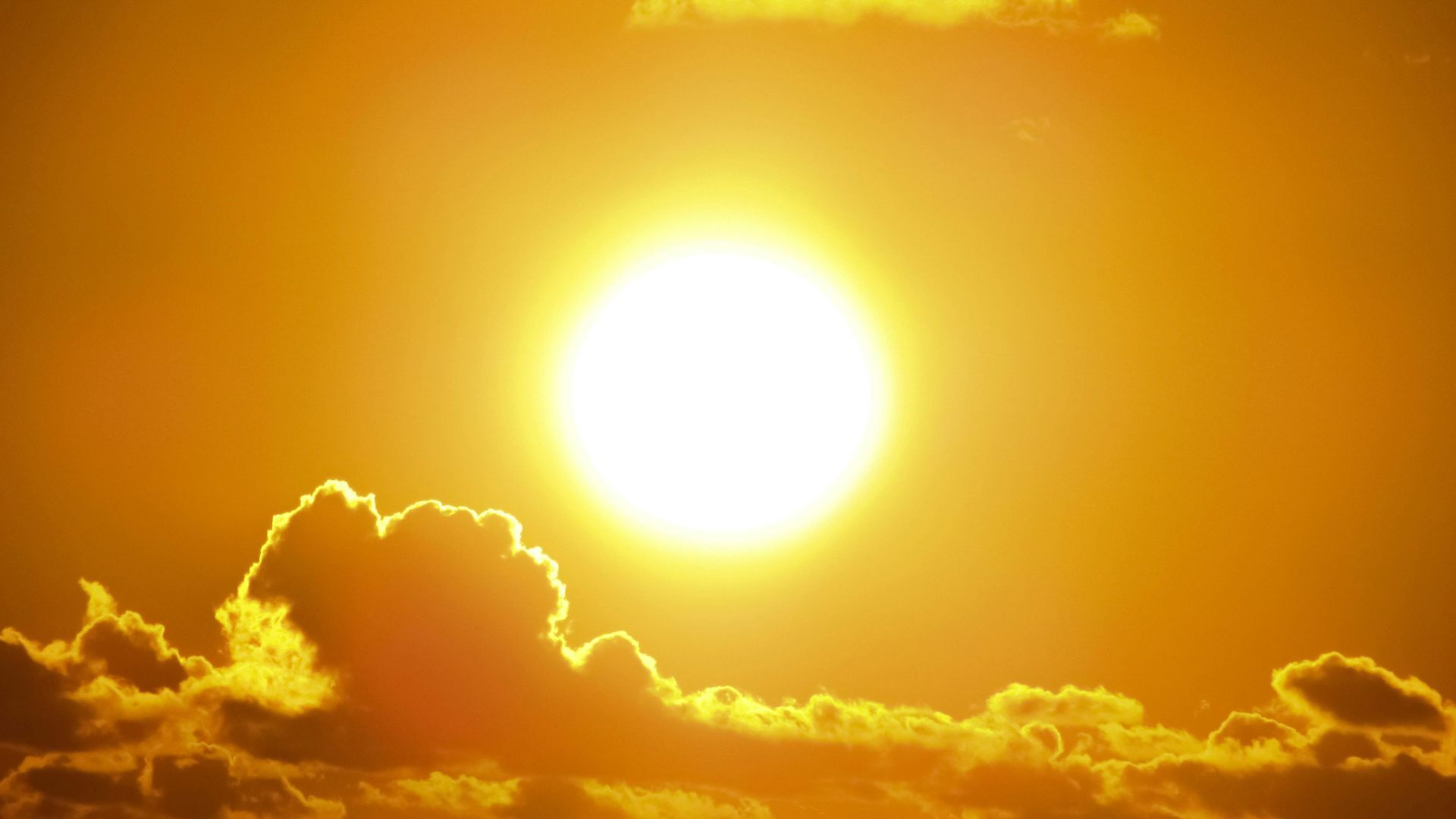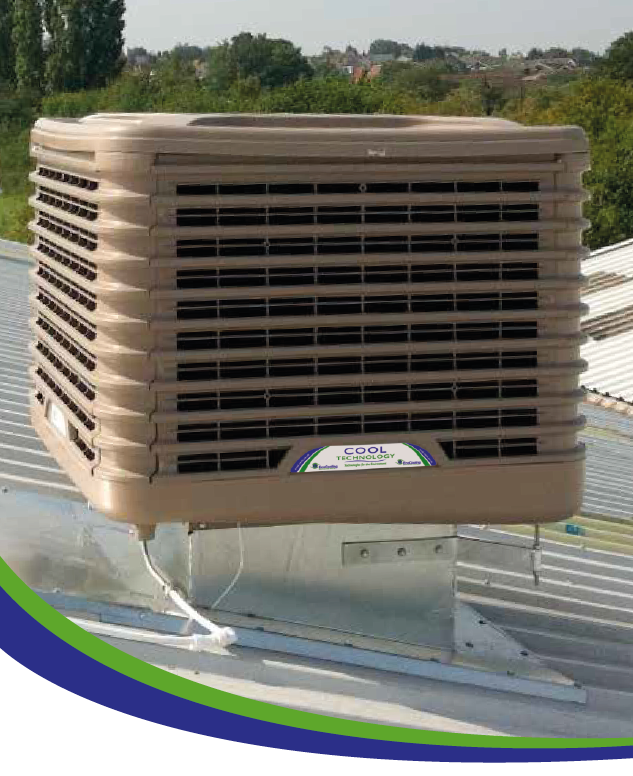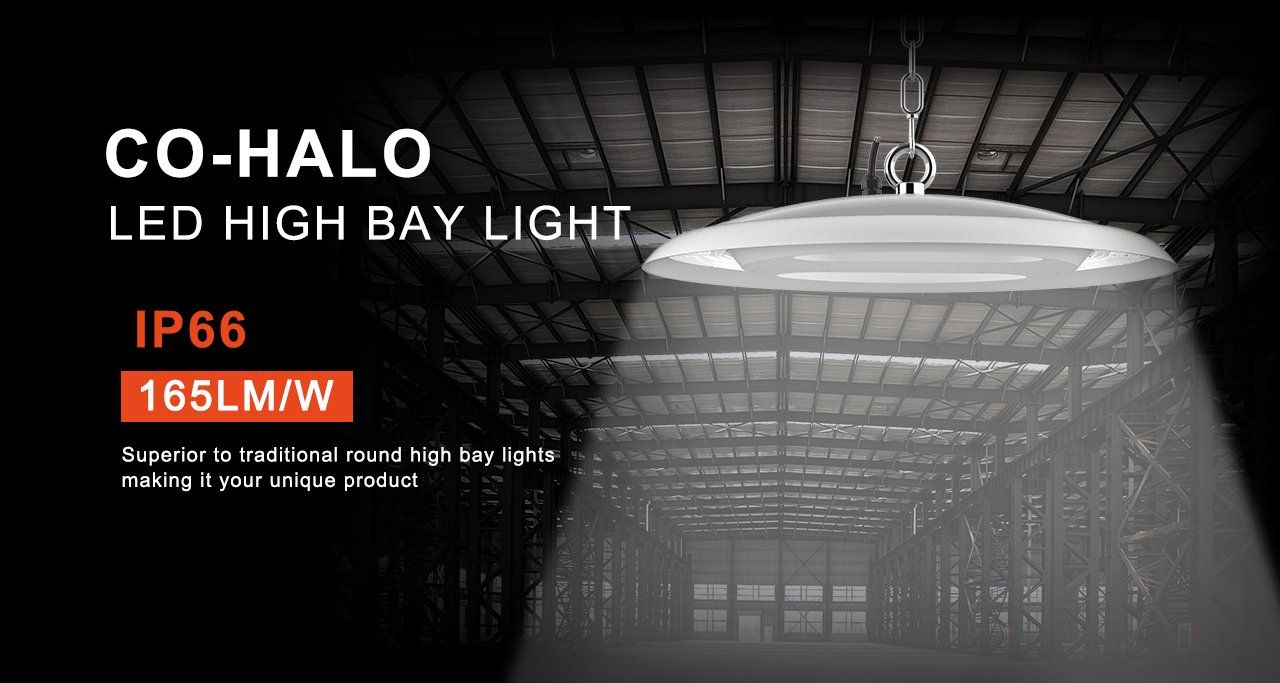Why it gets hotter in cities than the countryside
In 2020/21 there were just under
550,000 businesses registered in rural areas, accounting for 23% of all English registered businesses. The rest are based in towns and cities.
Look at the weather forecast and it’s often warmest of all in London. The same goes for the microclimates created in other large cities. But why does it get so much hotter in built-up areas?
As it turns out, the ‘urban heat island’ effect is mostly down to the smoothness of the landscape and the local climate, not the materials cities are made from. So let’s look at the science.
Why urban businesses get hotter
The urban heat island effect mostly impacts cities of more than a million people, making them 3C warmer on average than the surrounding area during the day and as much as 12°C warmer in the evenings.
People generate heat, as does the machinery of modern life: our ovens, microwaves, heaters, computers, hoovers, cars and whatnot. And air conditioning itself, counter-intuitively, can cause night time temperature rises of more than 1C, as discovered by a team at
Arizona State University.
At the same time buildings themselves store more heat during the daytime than plants do, and after dark they let the heat back out again. Unlike plants, buildings don’t absorb energy to cool things down. If you’ve ever put your hand on a brick wall after dusk, when the sun has been shining on it all day, you can feel the heat being radiated back out into the air. But having said all that, the difference in evaporation between plants and buildings isn’t the biggest contributor to the heat island effect. It looks like the local climate is the real biggie.
A team from Nanjing University of Information Science and Technology in China wondered if similar cities located in different climates would see the same temperature increases from the urban heat island effect. They found that, at midnight, bigger cities saw a larger difference in temperature compared with the surrounding countryside than smaller cities. But at noon the wetter things were, the more dramatic the heat island impact became.
Computer modelling revealed interactions with the local climate made the most difference of all. In humid places convection is less efficient at getting rid of heat from built-up places than it is in rural areas, making them around 3C warmer than the surrounding countryside. In contrast because green areas are aerodynamically rougher than the smooth human-made surfaces we get in cities, convection is more efficient, moving more heat from the land into the atmosphere.
In deserts there’s no vegetation to speak of, making a desert city like Las Vegas around 20% better at removing heat from the surface by convection than the countryside. In some desert cities the difference in convection is so dramatic that that they don’t get any urban heat island effects at all. But things change after dark, whatever the climate. Then the day’s heat is released, creating the heat island effect by trapping the heat in the thin layer of atmosphere near the ground’s surface, meaning it can only escape horizontally. The bigger the city the further it has to go, leaving big city centres a lot warmer than the centres of smaller cities.
So can we fix it? Sort of. Reducing the heat from air conditioning will help a bit. Finding ways to reduce the amount of heat the machinery we live with generates will have an effect. We could even build our cities differently in the first place, but it isn’t practical. We’re stuck with the cities we’ve already got.
Experts recommend making cities more reflective to cut the amount of heat they absorb during the day. Apparently it isn’t difficult, but it isn’t likely to happen. We’d need to paint every city roof a pale colour to reflect the heat away. This would also have an impact on the amount of heat shoved out by traditional air conditioning, because we wouldn’t need as much air conditioning in the first place. And it’d mean CO2 emissions from energy-hungry aircon would fall, which would benefit us all.
How about your business. What can you do to stay cooler in your urban setting? You could get rid of your cranky, inefficient, noisy, dirty and expensive-to-run aircon system, replacing it with evaporative cooling units that require a fraction of the electricity used by air conditioning, cost less in the first place, are simple to fit and easy to retrofit.
If you’d like to discuss how evaporative cooling will cut your bills, slash your emissions and keep your urban business reliably cool even in the hottest weather, let’s talk.










